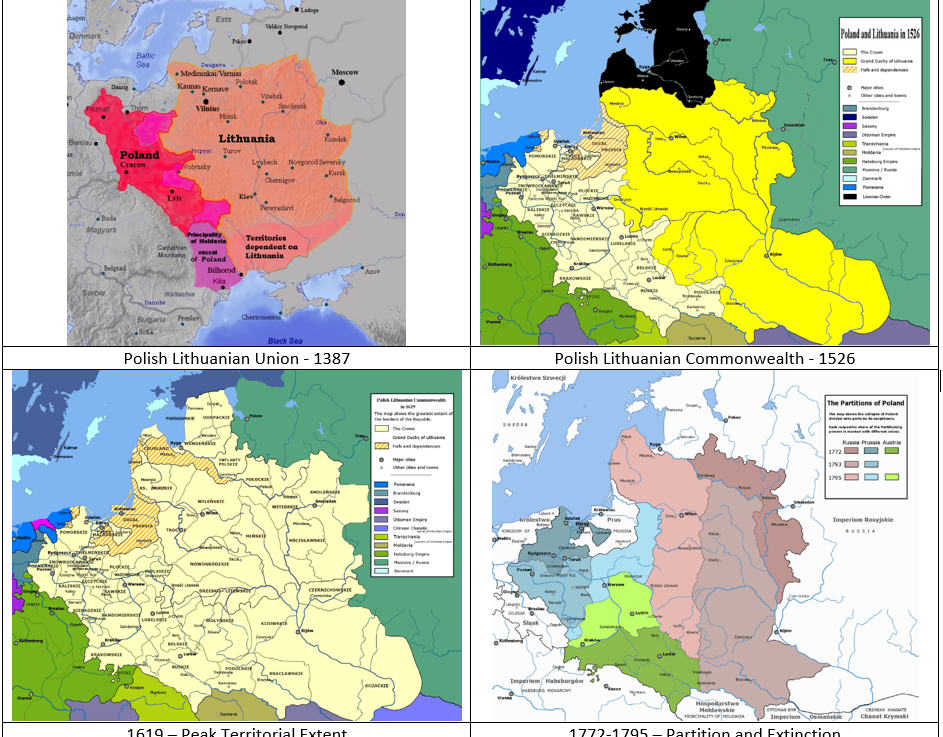There is a prevalent theory – India stopped every invader because it’s politically fragmented and it’s culture and religion are that tuned that they are ready to accept every kind of thought into it’s socio-religious structure. And when India was invaded, because of it’s political disunity, the invader had to fight for every inch of land only to lose his life force in due course of time and get assimilated. Nothing can be a better example for that than the Islamic conquest of India.
The first wave, the Arabs, was stopped at Bagram and Qandahar. The second wave, the Ghaznavids, reached Yamuna but was beaten back. The next wave, the Delhi Sultanate, wave had to reconquer all lands and conquered all territory the far South. The fourth wave, Mughals, had to reconquer everything which the earlier waves conquered. By the time the Mughal wave reached Tungabhadra, it became a spent force. Had there been a single empire and a single decisive encounter as like what happened at Panipat 1556, what would have been the fate of India?
Why is this relevant to the title of the article? Because Polish-Lithuanian Commonwealth is exactly opposite to what happened in India. And neither of them are entities of note after Russian advances starting from 1500s.
By the time of Mongol Invasions, Poland, one of the main kingdoms of the North was territorially fragmented and didn’t present a serious challenge. All it could do was some of the fragments joining forces and presenting a combined front. Lithuania, on the other hand, was the last pagan outpost in the region and it’s existence invited the Church to launch crusades against Lithuanians – crusades which ended with the eventual result – conversion of Lithuania to Christianity.
Lithuania was facing two problems – the crusader armies in the north led by the Teutonic Knights and the flux in Russia on the other. Approximately at the time of Mongol invasions when Russia was shattered, Lithuania became a nation state. Hemmed by Christian countries from all sides – Teutonic Knights in the North, Poland in the West and Russia in the East, it had to maintain a balance between Paganism and the two flavours of Christianity. It had no option but to be aggressive and use every opportunity to assert it’s position. The Mongol invasions was a welcome note for them as they used the power vacuum to strengthen their position advancing till Kiev and having Novgorod, Bryansk, Pskov and other areas under it’s influence. But, the Bubonic Plague undid this delicate balance.
The Bubonic Plague and the subsequent civil war in the Horde broke the power of Golden Horde and propelled Moscow as the main power in the North. Within a century, one would see Moscow unifying Russia and becoming powerful enough to threaten Lithuania.
Jogaila’s lust for power in Lithuania soon pushed a powerful and literally unbeatable Lithuania into a Civil War. This was a direct contributor to the rise of Russia – with Lithuanians fighting all the area from Vilinus to Novgorod and Kiev, it’s but natural someone will use it to it’s advantage. Providence!! Both Golden Horde and Lithuania collapsed at the same time and were unable to stop the rise of Moscow.
Jogaila received two proposals for marriage – the daughter of Dmitry of Moscow and Jadwiga, the Queen of Poland. Had Lithuania been united, such an insult to it’s national memory would have happened – as either of the marriages required the groom to convert to the religion of the bride. Everyone had their reasons for the alliance –
Jogaila’s marriage with Moscow will eventually lead to open rupture with Moscow due to clashing interests as is seen with his cousin Vytautas in due course of time; Jogaila needed a powerful backing against both the Teutonic Knights and Vytautas; Poland wanted a way to stop the raids from Lithuania and protection of it’s Western borders; Moscow wanted support against the Golden Horde.
And thus formed the Polish-Lithuanian Union which in due course of time became Polish-Lithuanian Commonwealth, the largest kingdom in Europe. But, something went wrong. It was not an alliance of resource pooling, it was an alliance of problem outsourcing. Poland wanted Jogila to contain the Germans and Jogila wanted Poland to contain the Teutonic Knights and help him in his civil war.
The Union was actually a success – though Jogila had to accept the rule of Vytautas in Lithuania as his subordinate but de facto independent, the combined forces soon propelled the Union into a great local power. But, in it’s strength lay it’s weakness. An expansionist Russia on one side and an expansioninst Austria on the other – and Ottomans replacing the Golden Horde as the Lord of the Steppes and the suzerain of the Balkans, and with the effort put to subdue it’s hostile conquests, the Union saw it’s power erode in no time. Within 150 years, the cracks on it’s mask was visible. While the Union was formed in 1387, by the time of Vasily III(1502-1533), the writing was on the wall. The chaos after the death of Ivan the Terrible gave them a breather but by the time of Alexei(1645-1676), it was a matter of time the Union would have been consumed by it’s neighbours to maintain a balance of power. Without it’s intervention, the Commonwealth was partitioned by it’s neighbours starting from 1772 and by 1792, the Commonwealth ceased to exist.

Why did this happen? The fundamental reason, one would note, is the Union was created to tackle the enemies on multiple fronts – and it failed massively on that count. Neither was it able to stop Austria nor was it able to stop Russia and had the two entities not been united, it would have been more probable that they would be left independent to maintain a balance of power.
